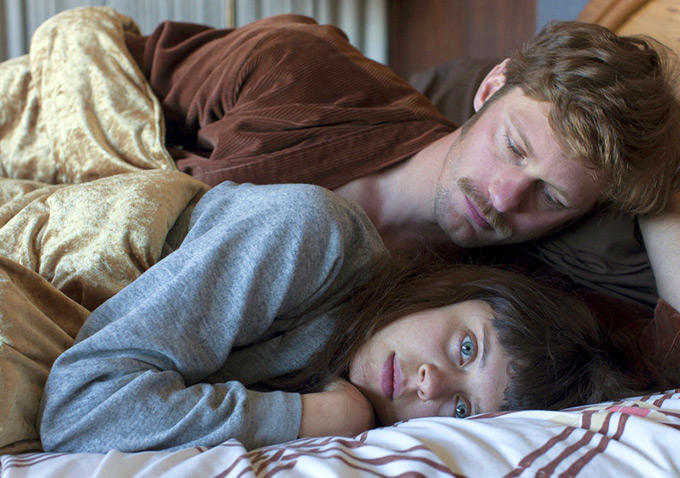I really didn’t want to like The Diary of a Teenage Girl, the 94%-on-Rotten-Tomatoes coming of age film du moment. I think part of it lay in the non-specificity of the title; as an intersectional feminist who grew up hoping to be reincarnated as either a) a Malibu Barbie or b) Slash, I’m wary of anything claiming to be the “one true female experience TM”. Take Girls, for example, a show which bears the world’s most universal title whilst chronicling the world of a very specific, chronically anxious type of New Yorker, inhabiting a world circumscribed by a very specific, chronically anxious New Yorker. Even the title of Lena Dunham’s autobiography – Not That Kind Of Girl – sets her up as an other to some prefigured definition of US-centric millennial promiscuity. If Lena Dunham – straight, white, able-bodied, liberal yet loaded – is the other in Western culture for talking about mental health and getting her tits out (important shit, I concede, but let me rant a little) then what hope is there for all those other voices out there?! I say this as somebody who raced through NTKOG and Caitlin Moran’s books nodding her head with as much vigour as I did when reading Roxane Gay’s. I don’t want other women to enter into check-your-privilege-themed Twitter beef. However, I also say this as someone who balks a little at the former two’s penchant for one-size-fits-all titles, when the content of such works is often deeply individual.
So, onto The Diary of a Teenage Girl. Presented sans Lolita-esque male gaze by a female director, Marielle Heller, it is a brilliant film about sex, getting your heart slowly unseamed and all of the terrible bits in between. It’s a piece about growing up that both recent arrivals into adulthood like myself and others still enduring that awkward, Impulse-scented phase can relate to in equal measure. In case I haven’t already made it clear, I loved it. Brit actress Bel Powley is wide-eyed and probing as Minnie, a 15-year-old struggling with millenia-old virgin/whore tropes as she embarks on a love affair with her mother’s boyfriend. Although it’s set in the 70s, the message is current, and completely believable for a young audience bombarded with contradictory messages and pressures. As such, the specificity of the title is – on reflection – of a market of solidarity rather than superiority. Minnie’s life as a white teenage girl at a “hippy” school in San Francisco isn’t held up as the only teenage life or the most important or even the most relevant. Rather, it figures as a knowing composite of some of the things – scary, exciting, revelatory, crushing – that can happen in any young woman’s life. There are many relatable aspects to Minnie’s tale, even if – on a superficial level – it might seem an unrepresentative portrait of girlhood.
Generic film/book/series titles will probably continue to annoy me. Maybe it’s just a personal thing, like preferring green apples over red, or my irrational hatred of beach sliders. Perhaps it’s an extension of my annoyance at having to reconcile all the (wildly different) parts of my identity under the “young woman” umbrella, as I once did with “teenage girl”. That said, I can probably make an exception for something as rare and beautifully retro as Heller’s film. That so many teenage girls won’t get to see it in the cinema due to the kthanksbye attitude of the BBFC, who rated it an 18, only emphasises how misconstrued so many of our experiences really are.
